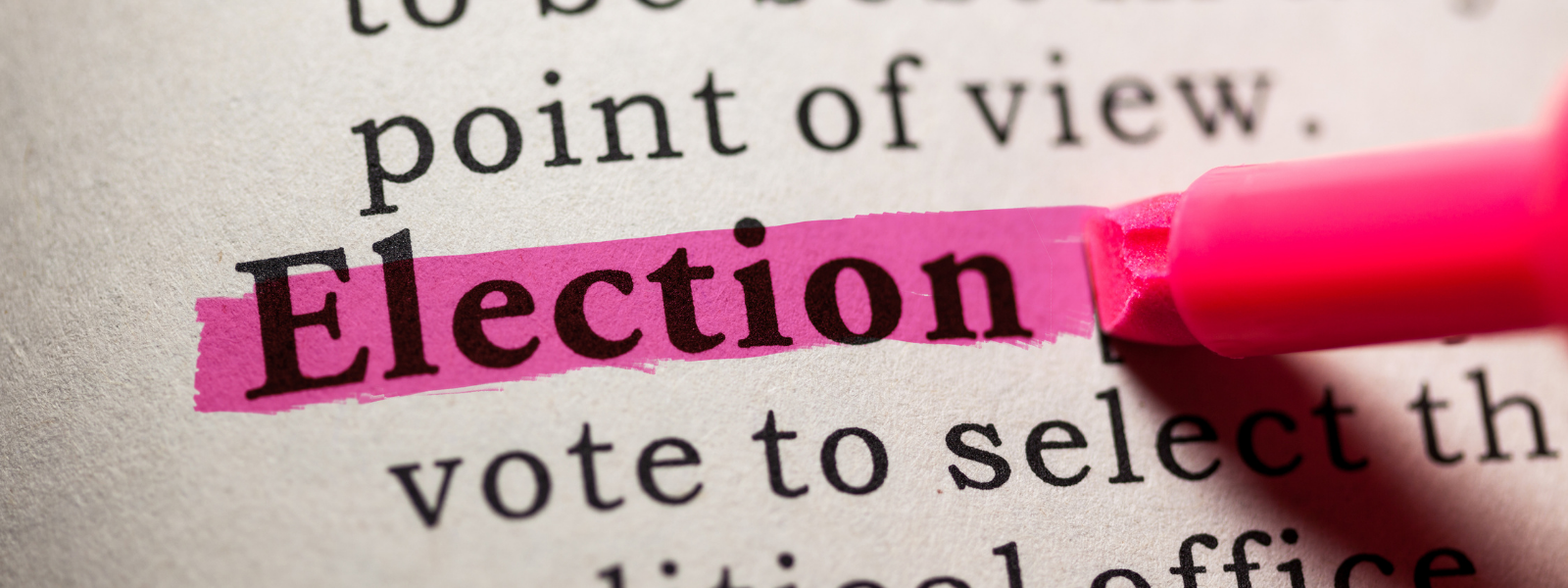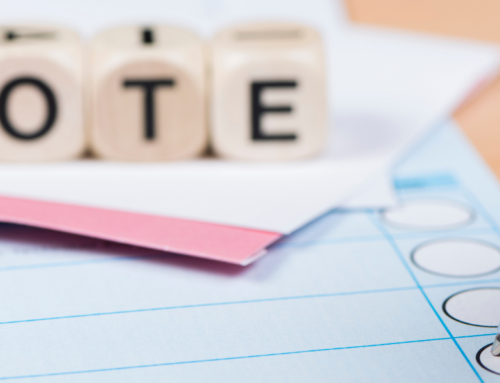Now that election day is around the corner, it’s important to reassess how we view leadership and who we want to vote for. We should also ask ourselves if we are really obligated to vote for a woman representative simply because of their gender and, more importantly, what representation means for women.

What counts as representation?
Let us first define what political representation is. When politicians express, advocate, symbolize, and act in the interests of others in the political sphere, this is known as political representation. Representation is a form of political aid. However, there are different variations of it. Two models of representation, among others, are descriptive and substantive.
Descriptive representation is when the representative is a member of the represented group while the tendency of elected politicians to advocate on behalf of specific groups is known as substantive representation. There are differing perspectives and beliefs as to how different modes of representation vary in political efficacy and why constituents vote for representatives.
Once Filipino women gained the right to vote in 1937, they could only choose from a selection of male candidates, leading women to call for more female representatives. Not much has changed since. Men continue to dominate industries. Moreover, the world is still often described as “a man’s world” since we live in a patriarchal society in which men benefit the most. And while more women have entered the political arena and workforce, women are often, if not always, chastised for adhering to or challenging biases.
What are some of the biases that impede women from thriving in politics?
There is a widely held assumption that being a boss or being in charge entails being a man and leading in a masculine manner. Assertiveness and strength, which are often connected with leadership success, are typically associated with masculinity. We tend to judge women based on the standards that men have created because they came into the workforce earlier.
For example, a woman may:
- Receive a negative performance evaluation that criticizes her for being too “aggressive” (while men who behave in the same way are praised for demonstrating “leadership”)
- Be paid less than a person of a different gender or sexual orientation who is similarly or less qualified than she, or with similar (or fewer) job duties, or
- Be subjected to unwanted sexual advances, etc. Here we see how biased society is against women in the workforce, which can explain the aversion to voting for women
Feminist and activist G.D. Anderson once said:
Feminism isn’t about making women stronger. Women are already strong. It’s about changing the way the world perceives that strength.
However, women’s participation in policymaking is a powerful tool for combating sexism and misogyny, in addition to pressing for the enactment and enforcement of gender equality legislation by influencing the range of policy issues discussed as well as the types of solutions presented. There is also substantial evidence that when more women are elected to government, policies that prioritize the quality of life and represent the goals of families, women, and ethnic and racial minorities become more prevalent.
It’s safe to say that representation matters, but it may fall short when solely based on identity.

How do we evaluate our biases?
Reflect on the stereotypes, prejudices, and discrimination that you may have. Pay attention to what associations you have about people with different characteristics and identities.
In this particular context, we can evaluate our biases by questioning why we’re taught that these jobs aren’t for women. What kind of jobs do we think are suited for women and why isn’t it ever a position of authority? Why should their femininity, or lack thereof, affect their leadership skills and why do we often think that femininity equates to weakness?
So where do we draw the line?
We should vote for women because their representation makes the government consider women’s issues, e.g. gender inequality, sexual and reproductive rights, violence and harassment, etc., and forces them to tackle them with the lived realities of women in mind. Though we should be mindful as a society to separate and know the distinction between representation and tokenism.
Tokenism refers to the practice of only putting an effort or performing the bare minimum to comply with the law. It is often done to meet a quota and to appease specific organizations or communities, not necessarily to better them. In order to avoid this, we must see diversity as more than just a checklist and treat their identities and the groups they represent with dignity.

But how exactly do we choose a proper candidate?
- Decide what you are looking for in a candidate. A useful step in selecting a candidate is to determine the topics that are important to you and the characteristics that you seek in a leader. An example of issues to assess is environmental threats such as global warming, government funding for education, COVID-19 response, gender equality, reproductive health, etc.
- Learn more about the candidates. Study each candidate’s stance on said issues, what they have contributed to communities prior, and what their platforms entail.
- Understand the issues. Make sure to do your own research, fact check and cross-reference, and watch the news and debates.
- Evaluate candidates’ leadership abilities and stance on issues. Be mindful of how their words align with their actions as well as their track record.
- Sort it all out. Organize all of your research and opinions, and come up with a verdict.
A candidate’s own experiences shape their priorities, but a good candidate is one who is willing to listen to other people’s realities so that these are also taken into account in prioritizing laws and reforms which undoubtedly affect a larger scale of people. Let us make it a point to look past our biases and vote for who is willing and qualified to serve the people. Diversity and inclusion are the makings of a good foundation for a functional and sustainable democracy








[…] Previous […]